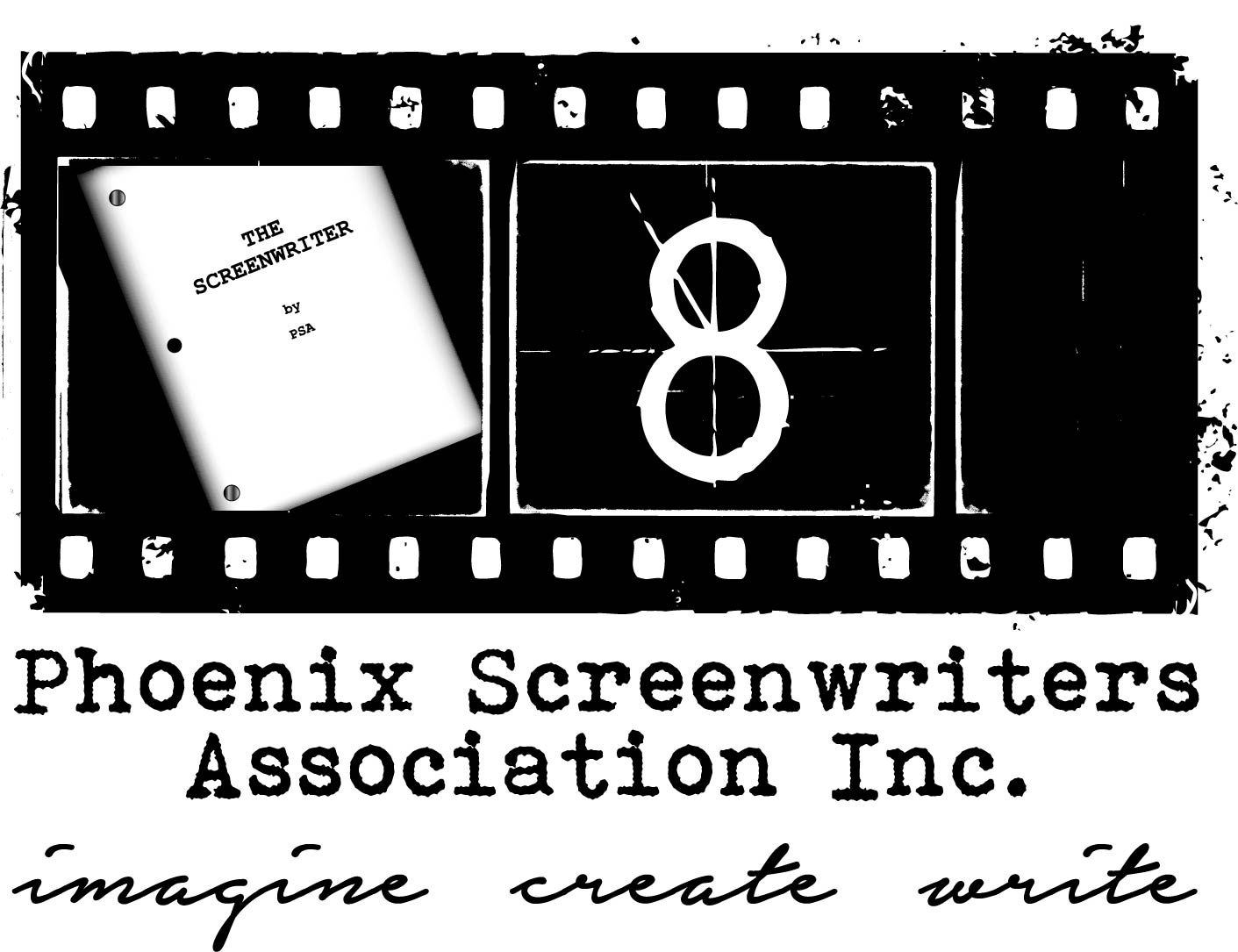Do You Have to Make a Scene?
By Jessica Spring Brown, Screenwriter and Board Member of Phoenix Screenwriters Association
Of course you do! Not only are you a screenwriter, you are also a scene writer. And the book SceneWriting: The Missing Manual For Screenwriters by Chris Perry & Eric Henry Sanders is going to show you how.
I like these guys. Right off the bat they acknowledge that “brilliant scripts are more than just well-structured outlines. They are a progression of indelible scenes that engage readers through a blend of dialogue, action, and setting.” They promise to “walk you through the entire process of writing a fully realized scene from idea development to final delivery.”
So I decided to put these clever guys to the test. I just happen to be working on my latest script, so I took some of my flat and less entertaining scenes and reading through the book I learned their process of Planning, Drafting, and Perfecting. And voila! my scenes did dramatically improve.
The book is well laid out so you can pinpoint where your weak spot is as a scene writer and then dive into those chapters. As a plotter, I like structure so this process really sings to my natural plotter style. But even if you are a pantser, you will love their approach to building a better scene and jump around and select the chapters that work for you right now.
Part 1 is all about the planning and setting up of your scene. If you are rewriting your scene, this book is invaluable to help you identify how to strengthen your first draft of the scene. The writers have you first identify what do your characters want and why in the scene. They then logically give you tools to create why your character can’t have what they want. Then they guide you through how to figure out what your character is going to do about the obstacle you have put in their way. And before you know it, you have created or strengthen your scene.
In Part 2 we move on to Drafting where the authors introduce us to the fundamental tools of Scenewriting. This section gives you tools on pacing, scene description, the art of engaging your readers, reveals, suspense and other favorites of scene writers.
Finally in Part 3 we Perfect our scenes through scene budget, managing scene information in dialogue, bringing authenticity into your dialogue, and the final polish.
One of my favorite exercises from the book is to list out your characters’ actions in the scene. Then identify which action would make the scene more interesting, entertaining, funny or dramatic. I found just listing out the actions I could identify quickly how to improve the scene.
Next you check your list against the outline of want, obstacle, reaction. Do I have those things happening in the scene based on the action list? Staying in the list format of the scene, I plugged in those actions and found my scenes improved instantly.
Finally I layered the scene with dialogue to strengthen the actions without going on-the-nose. Some polishing and description reduction and my scenes are actually amazing.
This is a book I am putting in my writers tool box next to my formatting books and outlining guides. It’s a keeper and a go-to resource from here on out.
And speaking of scenes, PSA is retooling our table reads to make them more efficient and effective so writers get valuable feedback on their scenes. Coming in September, our new monthly Table Read will be introduced.
See You Soon at one of our events. And in the meantime, make a scene! Happy Writing!
Jess
You can drop me a line at jessbrown44@gmail.com.

